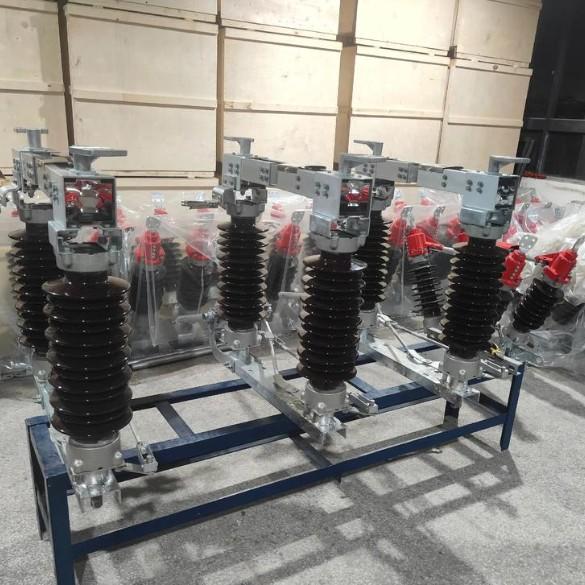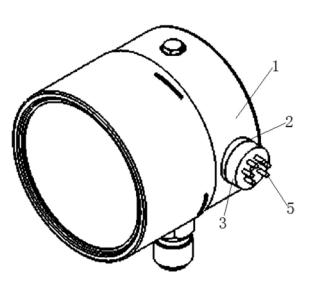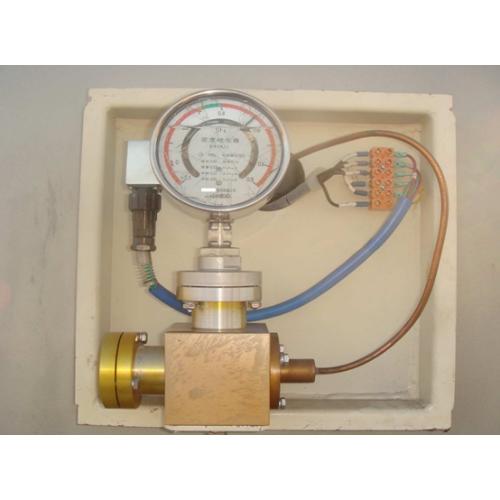Ta hanyar
Gas SF6 yana amfani da ita a matsayin mutanen sauki da kuma mutanen kiyaye tsakiyar zafi a tattalin arziki da tattalin arziki mai yawa saboda saukinsa, kayan aiki, da kuma kyakkyawan kimya. Zafi na sauki da kiyaye tsakiyar zafi na tattalin arziki suna neman daga ciyarsuwa gas SF6. Tsarki a ciyarsuwa gas SF6 zai iya haifar da biyu abubuwa masu gaskiya:
Kuma, samun gas zai iya haifar da ingantaccen ruwan, wanda ya yi karfi ga ciyarsuwa gas SF6 da kuma yadda ake cikarce saukinsa. Saboda haka, kawo fuskantar ciyarsuwa gas SF6 yana da muhimmanci don in ba da aiki da zafi a tattalin arziki.
Relay gas density SF6 (ko kuma density monitor, controller, ko density gauge) ana fito a tattalin arziki gas SF6 don in iya sanya ingantaccen ciyarsuwa gas ta hanyar. Yana nuna bayanin ciyarsuwa gas don in iya sanya ingantaccen ciyarsuwa, yana rarrabe alarami idan ciyarsuwa gas ya kama zuwa ma'adonin alarami, da kuma yana kare magana idan ciyarsuwa gas ya kama zuwa ma'adonin kare magana. Saboda haka, darajar da take da aiki ya haifar da zafi a tattalin arziki, yana da muhimmanci a duba aiki da kusa da shi.
1. Abubuwan relay gas density SF6 da Koyarren Haushe
1.1 Relays Gas Density Maimaituka
Relays maimaituka zai iya faɗa da sauran bangaren bellows-type da bourdon-tube-type, da kuma da sauran ayyukansu da sauki da babu sauki. Duk waɗannan anam sai da temperature compensation don in iya sanya ingantaccen ciyarsuwa gas.
A nemi misalai bellows-type (titta Figure 1):
Chamber pre-charged yana da gas SF6 a cikin ciyarsuwa da ke fito a chamber da ke sakamakon;
Bellows metal yana haɗa da chamber da ke sakamakon;
Idan yake samu gas, ciyarsuwa gas a cikin bellows yana kama, wanda ya yi pressure differential wanda ya kare bellows. Wannan haruffa yana kare microswitch via linkage maimaituka, wanda ya faru alarami ko kare magana.
Saboda chamber pre-charged yana cikin yankin sama, wannan yana haifar da duka lokacin tashin hawa, wanda ya ba da automatic temperature compensation.
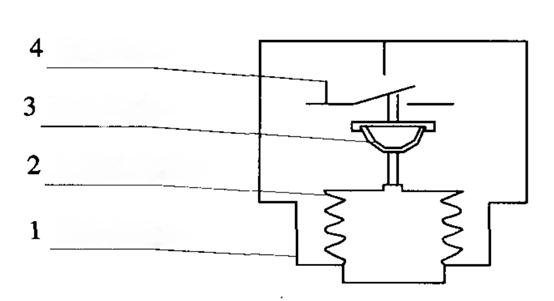
Figure 1. Koyarren Relay Gas Density Maimaituka
(Note: 4—microswitch; 3—bimetal strip; 2—metal bellows; 1—pre-charged chamber)
1.2 Relays Gas Density Digital
Waɗannan relays sun amfani da electronegativity mai yawa gas SF6. Alpha particle source a ionization chamber yana ionize gas, da kuma a kan DC electric field, an yi ion current. Wannan current yana da damar da ciyarsuwa gas. Idan ciyarsuwa gas ya kama, output current ya kama, wanda ya ba da aiki real-time monitoring.
Abubuwan digital density relays sun hada da:
Display digital direct pressure, equivalent pressure at 20°C, and equipment temperature;
Compatibility with computer systems for online monitoring;
Ability to plot leakage trend curves, supporting condition-based maintenance;
Full-scale measurement without range switching, with field-adjustable parameters;
Output of gas-refill alarm and under-pressure lockout contact signals.
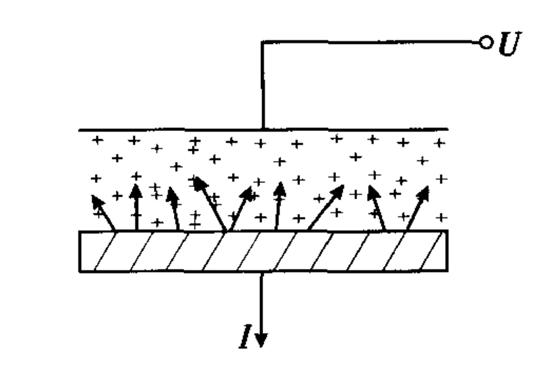
Figure 2. Koyarren Relay Gas Density Digital
(Note: Alpha particles in the ionization chamber ionize SF6 gas; electrons migrate to the anode, positive ions return to the emitter, generating a current that is amplified and output)
2. Muhimmancin Testin On-Site na Relays Density
Relays density zai iya testa a on-site ko a laboratory. Idan an testa a laboratory, yana da nau'i mai yawa, amma yana da abubuwa masu gaskiya:
Dismantling breaks the original seal, making reassembly and sealing difficult to guarantee;
Precision instruments may lose calibration due to transportation shocks;
Tight maintenance schedules make disassembly and reassembly time-consuming.
Saboda haka, on-site testing yana da muhimmanci idan ana iya, saboda yana da nau'i mai yawa da kuma zafi.
3. Ayyuka na Testin On-Site
Saboda tattalin arziki gas SF6 ba zan iya yanayin oil ko wasu gases, gas SF6 kawai yana da muhimmanci a amfani da shi a matsayin medium na test. Device na calibration mai da muhimmanci yana da:
Wannan article yana bayyana JMD-1A SF6 Gas Density Relay Calibration Unit, wanda yana da:
Built-in SF6 cylinder and pressure regulation system;
Isolates the equipment’s gas circuit during testing, using its own gas supply;
Automatically converts measured values to standard pressure at 20°C;
Requires annual factory recalibration to ensure accuracy;
Accuracy class 0.5, meeting the requirement that “standard instrument error shall not exceed one-third of the tested instrument’s error” (tested relays are typically below class 1.5), fully satisfying on-site requirements.
4. Turancin Testin Gas Density Relays
4.1 Standards na Testin da Frequency
According to GB50150-1991 and DL/T596-1996:
New equipment must undergo density relay testing before commissioning;
In-service equipment should be tested every 1–3 years, or after major maintenance or when necessary;
Action values must comply with manufacturer’s technical specifications;
Pressure gauge indication error and hysteresis must be within allowable limits for the specified accuracy class.
4.2 Test Items
Main test items include:
Alarm (gas refill) activation pressure;
Lockout activation pressure;
Lockout return pressure;
Alarm return pressure;
If equipped with a pressure gauge, its indication must also be tested.
Pressure gauge testing requirements:
At least 5 test points evenly distributed across the range;
Two full cycles of pressurization and depressurization;
Pressure applied slowly and steadily, with readings taken at each point;
The maximum indication error from the two cycles is taken as the final result.
Action value requirements:
Must comply with manufacturer’s specifications;
The difference between activation and return pressure should be less than 0.02 MPa;
All pressure values must be converted to standard values at 20°C;
Record ambient temperature, measured pressure, and converted 20°C pressure.
5. Hukumar Tushen Bayanaiwa Daga Relay Density zuwa Equipment
Akwai hukumomin tushen bayanaiwa uku:
With Isolation Valve
A valve (FA) is installed between the relay and equipment. During testing, close FA, connect the test head, then open FB to begin testing.
With Check Valve
After removing the relay, the check valve automatically seals the equipment side, allowing direct connection of the test device to the external port.
With Check Valve + Plunger Bolt (see Figure 3)
No disassembly required. Unscrew the plunger bolt at W2; the check valve F1 automatically isolates the gas path, allowing direct connection of the test head.
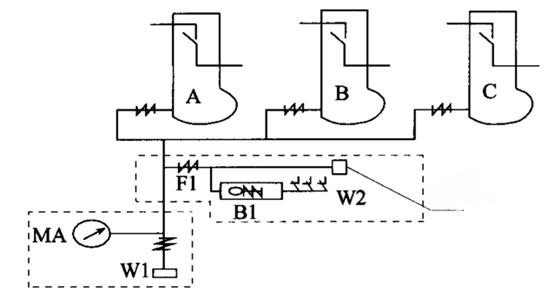
Figure 3. Schematic of Density Relay with Check Valve and Plunger Bolt
(Labels: B1—density relay; W1—gas charging port; W2—test port; MA—pressure gauge; F1—check valve)
Conclusion: The first three connection types allow on-site testing; the fourth does not.
6. Al'amunin Don On-Site Calibration
Power-Off Operation: Testing must be conducted with the equipment de-energized. Disconnect control power and isolate alarm/lockout contacts at the terminal block to prevent unintended secondary circuit operation.
Confirm Connection Type: Connection structures vary among equipment. Confirm the type before disassembly to prevent misoperation and gas leakage.
Restore Isolation Valves: After testing, ensure all isolation valves are restored to their correct positions and verified.
Clean Connectors: Clean all piping connectors before and after testing. Flush with a small amount of SF6 gas if necessary to prevent contamination or moisture ingress.
Sealing Protection: Protect sealing surfaces, replace with new gaskets, and perform leak detection after reassembly.
Pressure Unit Conversion: The JMD-1A tester displays gauge pressure. If the relay uses absolute pressure (e.g., ABB LTB145D circuit breaker), convert units before comparison.
7. Conclusion
The SF6 gas density relay is a critical component ensuring the safe operation of SF6 electrical equipment. Its operational performance directly impacts system reliability. Therefore, regular on-site testing must be conducted in accordance with relevant regulations to ensure accuracy and reliability. During testing, strict adherence to prescribed test cycles, procedures, and precautions is essential to eliminate safety hazards and prevent erroneous conclusions.













